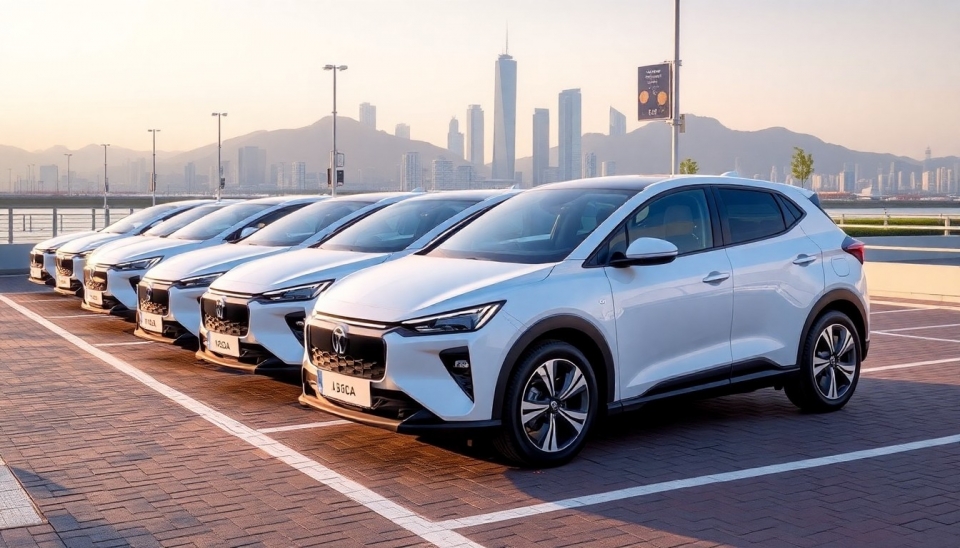
In a striking turn of events, Chinese electric vehicles (EVs) have experienced a significant decline in their share of the European market, marking the lowest percentage in two years. Recent data highlights how the influx of domestic competitors and shifting consumer preferences have contributed to this downturn.
According to a report, Chinese EV manufacturers, which once enjoyed a soaring presence in Europe, have seen their market share drop to approximately 8% as of March 2025. This decline is particularly noticeable when compared to nearly 15% just a year prior. Industry analysts attribute the downturn to several factors, including increased competition from both local brands and established European automakers pivoting towards electric mobility.
In the previous years, Chinese brands, aided by their aggressive pricing strategies and a wide variety of models, captured the attention of European consumers. However, the landscape is shifting as European companies ramp up their own EV offerings. Major car manufacturers like Volkswagen, BMW, and Renault have made substantial investments in electric mobility, fostering innovations and enhancing model availability that rivals earlier Chinese entries.
This shift coincides with a growing emphasis on eco-friendly practices and government policies that support local industries. European nations are tightening regulations on imports, thereby encouraging domestic production of electric vehicles. This situation has made it increasingly challenging for Chinese manufacturers to maintain their foothold in the competitive market.
Another factor contributing to the decline of Chinese EVs in Europe is a growing wariness among consumers regarding the quality and reliability of these vehicles. Despite their initial appeal, negative perceptions and concerns over technology and service support have influenced buyer decisions. Many European consumers are now prioritizing established brands known for safety and longevity over newer entrants.
Furthermore, the global supply chain disruptions have affected production capabilities for many Chinese automakers, leading to delays and shortages that have hampered their competitiveness in the fast-paced European market. This situation has provided a further advantage to European manufacturers, who have adapted more swiftly to the changing dynamics of sourcing and production constraints.
As for the future, while Chinese EVs face challenges in regaining their prior market share, experts suggest that innovation and strategic partnerships could help revive their presence in Europe. Several companies are focusing on improving the technological aspects of their vehicles to align more closely with the evolving expectations of European consumers.
In summary, the current situation of Chinese electric vehicles in Europe serves as a stark reminder of how swiftly market dynamics can shift. With local competition intensifying and consumers becoming more discerning, the once-invincible surge of Chinese EVs has met a formidable obstacle in the European automotive landscape. Only time will tell if these manufacturers can recalibrate their strategies effectively to reclaim their standing.
#ChineseEVs #ElectricVehicles #EuropeMarket #AutomotiveIndustry #MarketTrends #Competition #EVDecline #Sustainability
Author: Emily Collins
